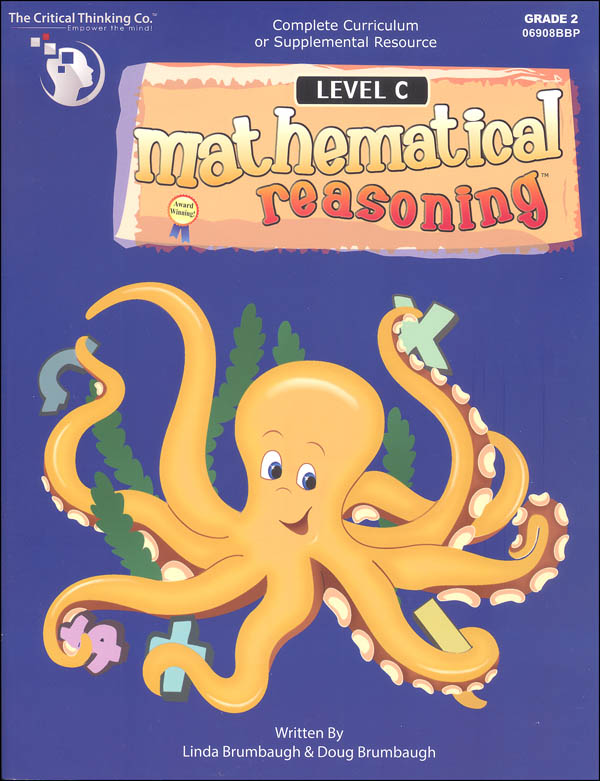
The difference between phonological awareness and phonics Resources – Online Tools and Applications The Literacy Teaching Toolkit materials (including the phonics resources on this page) are targetted at students within the expected range of abilities.įor advice, guidelines and tools to assist students with learning difficulties and dyslexia see: Students with learning difficulties and dyslexia
explicit links to handwriting and how the upper and lower case grapheme is represented.Īs noted by Wyse (2010), literacy teaching involves the use of texts ‘to locate teaching about the smaller units of language including letters and phonemes… contributes to contexts that are meaningful to children and enables them to better understand the reading process, including the application of key reading skills’ (pp. systematic teaching of graphemes and phonemes based on what students need to learn (building on known knowledge). multiple exposures to the grapheme and phoneme through meaningful texts and contexts. explicit teaching of the grapheme and phoneme. Regardless of which approach is employed, phonics instruction must contain the following: As with all literacy learning, phonics instruction should take place within a meaningful, communicative, rich pedagogy, and within genuine literacy events (Hornsby & Wilson, 2011, p.19). What is agreed, however, is that the teaching of literacy should incorporate evidence-informed practices which include a place for explicit and systematic phonics instruction. While the importance of phonics teaching is now universally accepted, the way phonics is best taught continues to be debated. 

Links to Victorian Curriculum - English as an Additional Language (EAL).

The difference between phonological awareness and phonics.







 0 kommentar(er)
0 kommentar(er)
